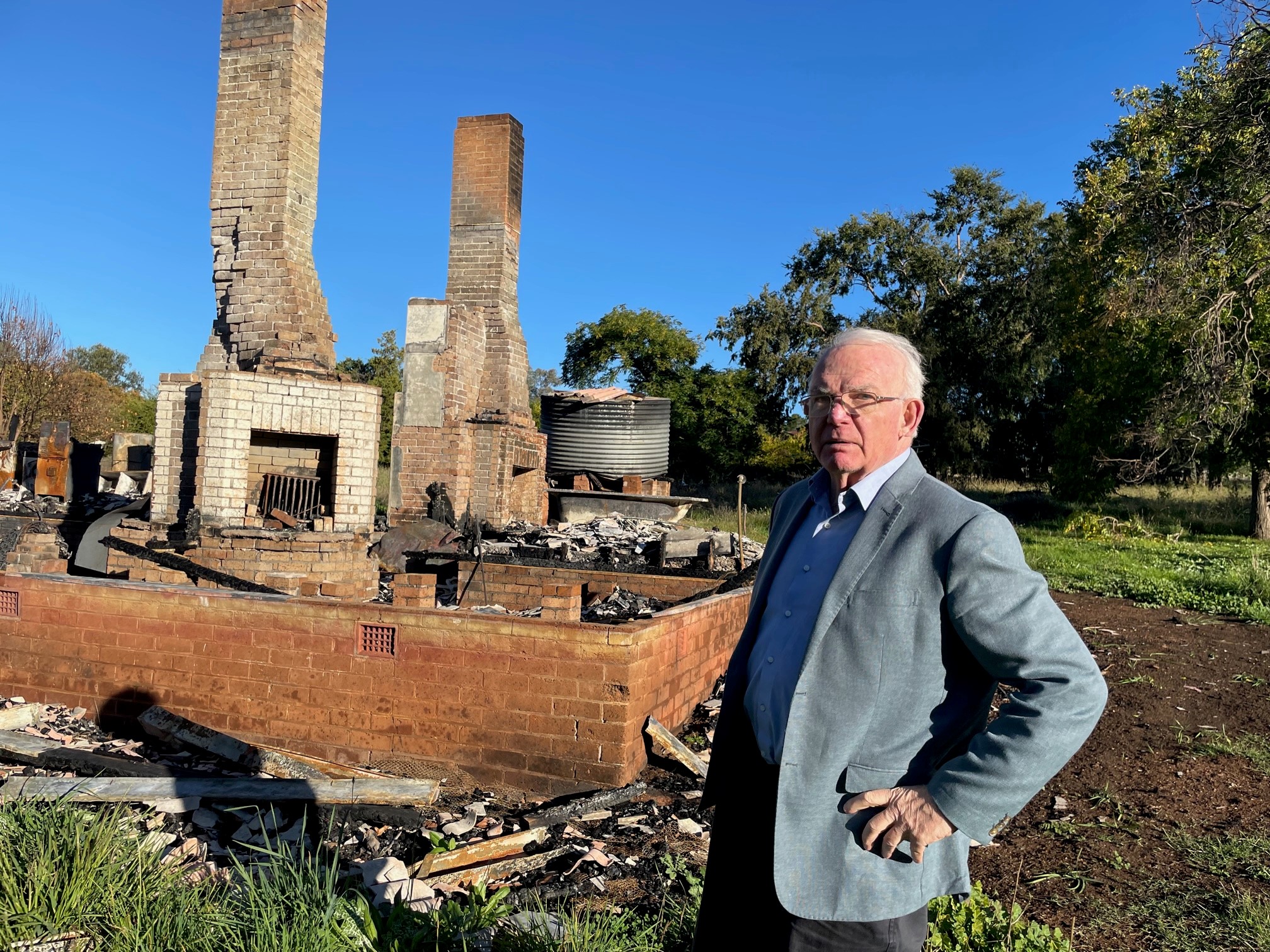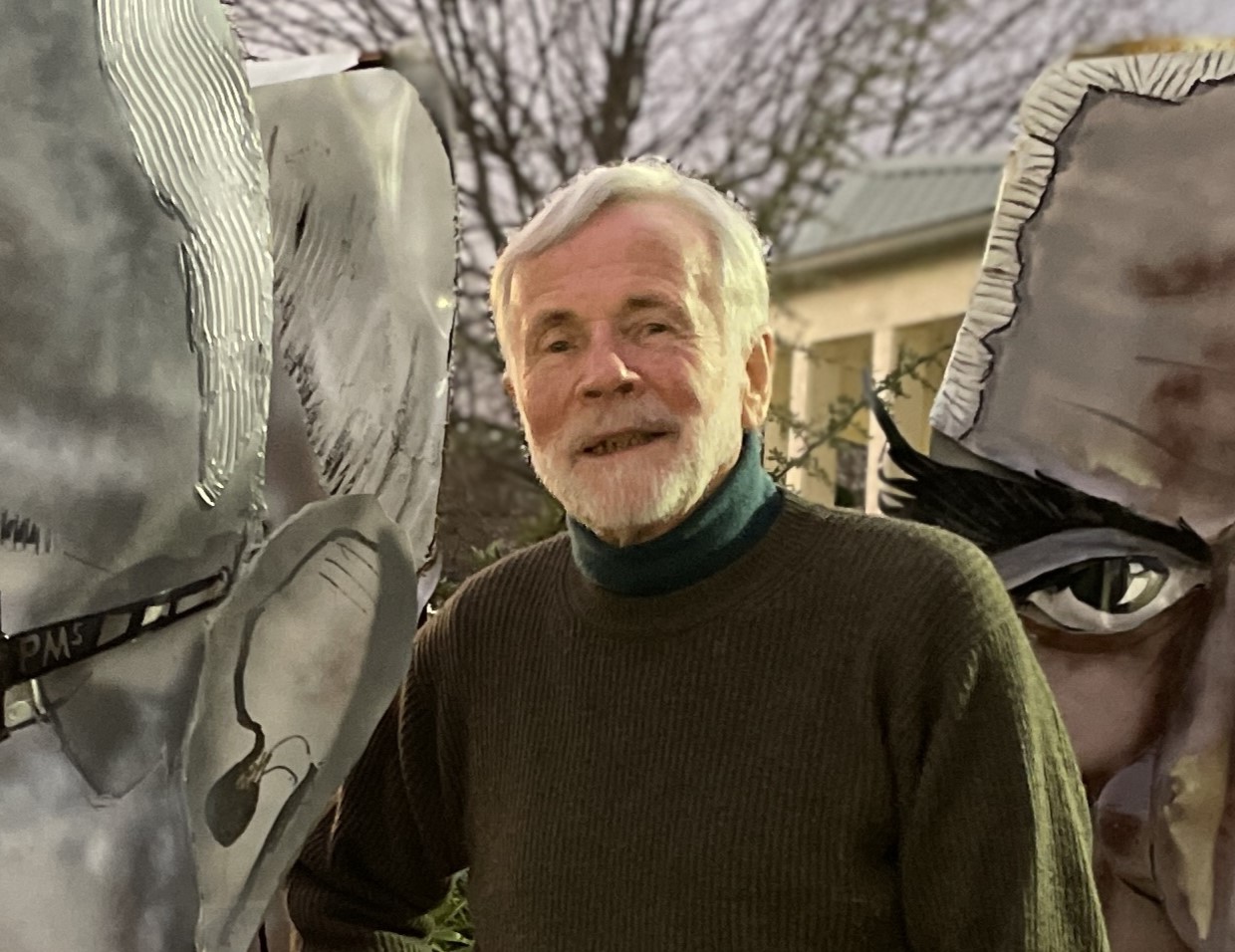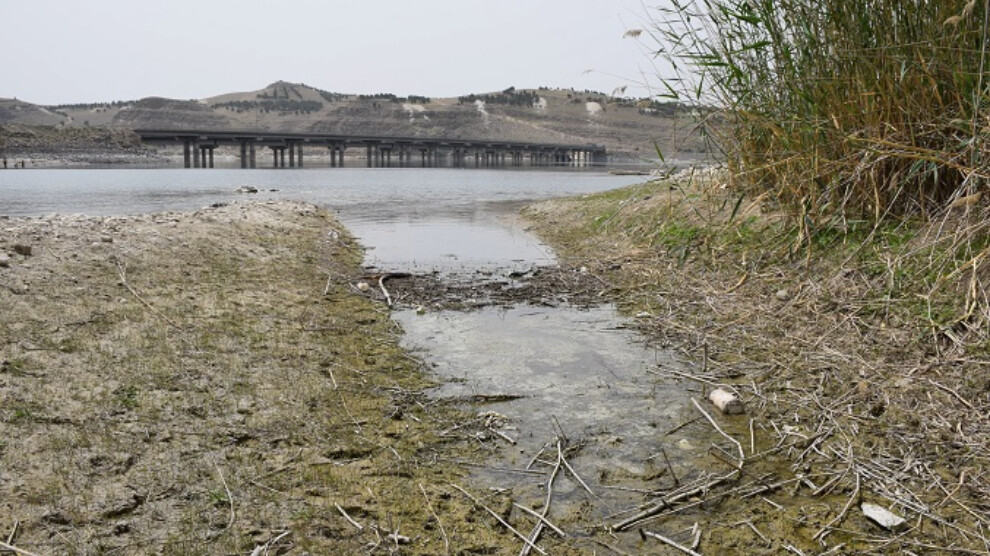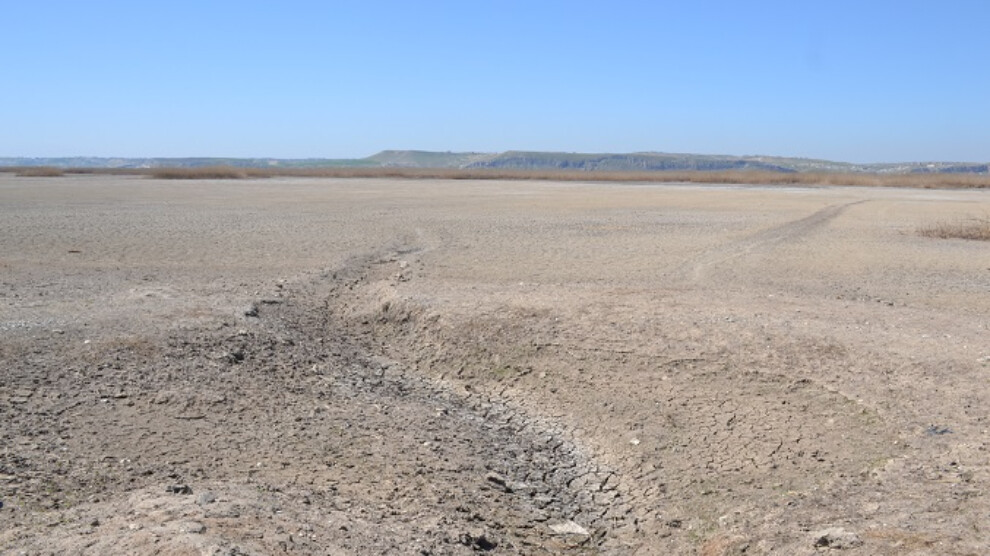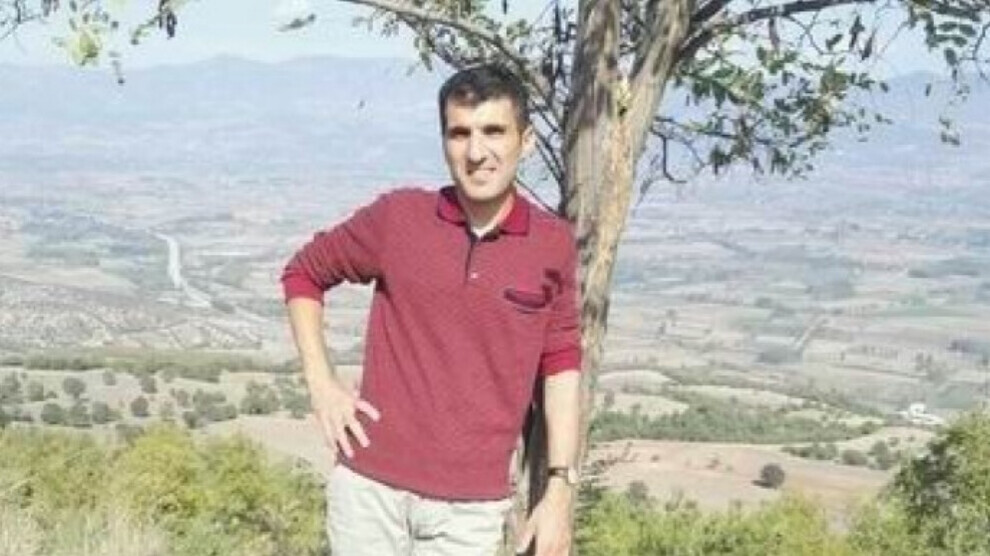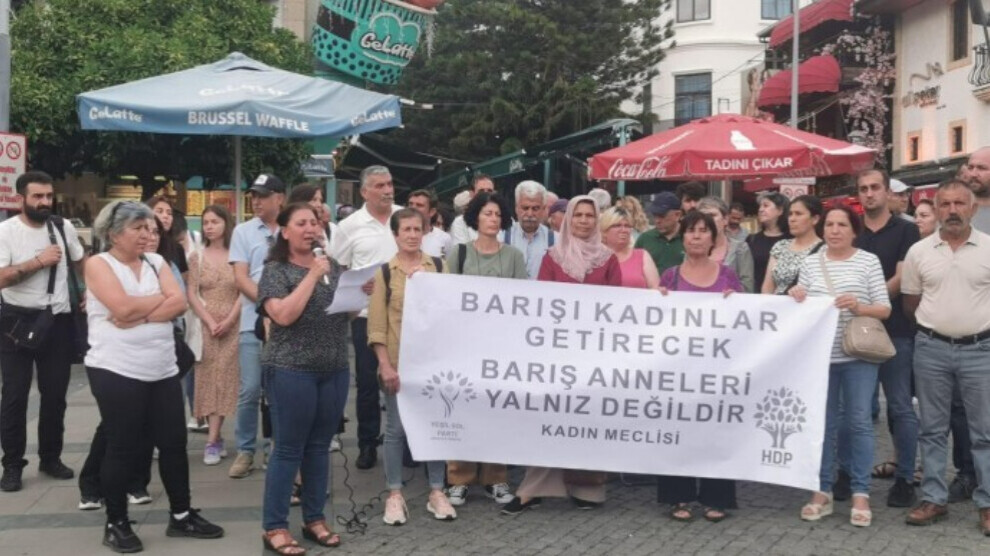Rebecca Rosman

AP
A rat runs next to a Maillol statue in The Tuileries gardens of the Louvre Muesum in Paris.
After years spent trying to eradicate Paris’s rat population, the city’s socialist leader has changed tack, telling residents it is time to cohabitate with the rodents.
Anne Hidalgo’s administration has announced the creation of a special committee tasked with examining how the city’s 2 million inhabitants and 6 million rats can exist in harmony.
“With guidance from the mayor, we have decided to set up a committee to look into the question of cohabitation,” said Anne Souyris, the city’s deputy mayor for public health, during a Council of Paris meeting.
Souyris, a member of France’s Les Ecologistes Party, said the committee would have to come up with a solution that would be “as effective as possible” and also “not unbearable” for Parisians.
READ MORE:
* Rat ambassadors try to counter bad press amid New York's rat war
* New York mayor appoints ‘rat tsar’ to tackle NYC’s rodent crisis
* Rat eradication by 2050 will require new technology
* Rats pour from sewers and lay siege to Paris
The announcement comes nearly six years after the city launched a failed €1.5 million (NZ$2.63m) plan to curb the city’s rats.
Critics of the new approach accused Hidalgo’s administration of failing to take the rodent problem seriously.
“Anne Hidalgo’s team never disappoints,” said Geoffroy Boulard, mayor of the city’s 17th arrondissement. “Paris deserves better.”
Boulard has long been a vocal critic of the city’s “proliferation of rats” and what he cites as a lack of funding to tackle the issue, comparing the previous €1.5m plan to New York’s US$32m rat fund.

AP
Paris Mayor Anne Hidalgo has been accused of not taking the city’s rat problem seriously.
But animal rights groups applauded the announcement in Paris, and said it came after more than two years of lobbying city officials.
Amandine Sanvisens, the co-founder of activist group Paris Animaux Zoopolis, said it would be “cruel” and “ineffective” to spend millions of euros on trying to eliminate the city’s rats.
She cited the use of anticoagulants – one of the city’s most common methods for killing rats – which causes internal bleeding and a slow and painful death.
“The rats also become more resistant [to anticoagulants] over time, so it doesn’t work,” Sanvisens said.

AP
A Paris city employee puts a dead rat in a garbage can.
Some of the “cohabitation” methods Sanvisens has proposed include investing in 100 hermetically sealed garbage cans across the city to limit the rats’ access to food, and using a rat oral contraception called ContraPest.
Already used in the United States, the drug reduces fertility.

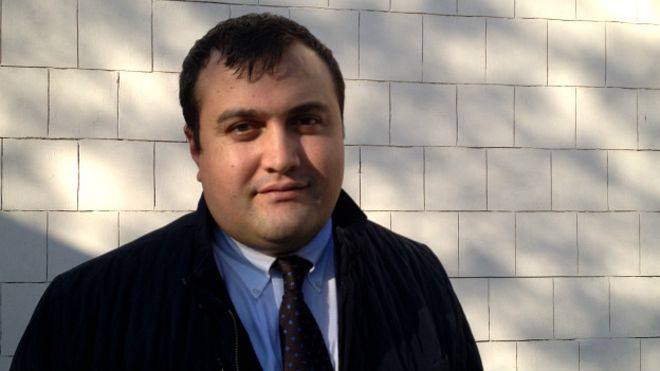

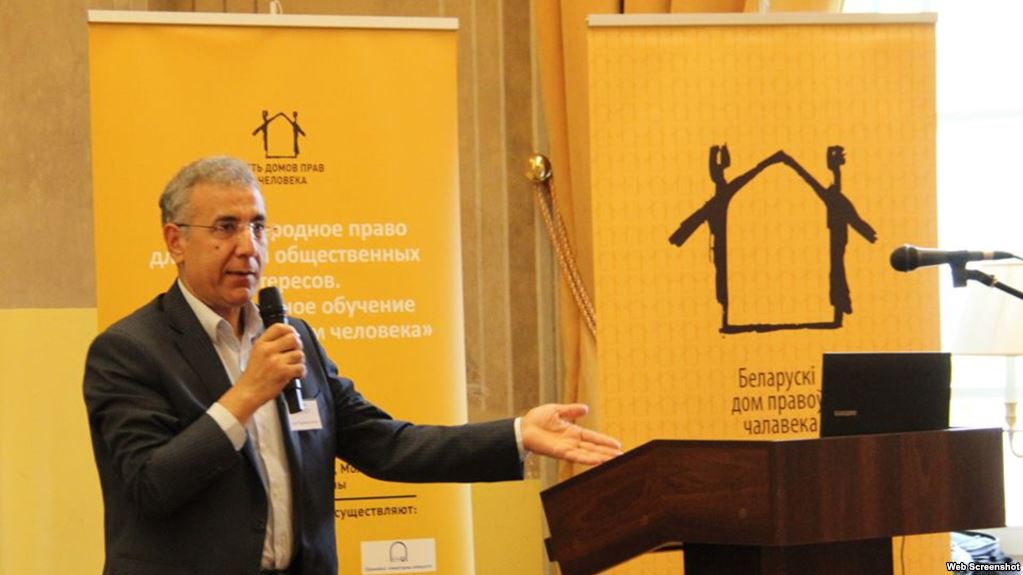





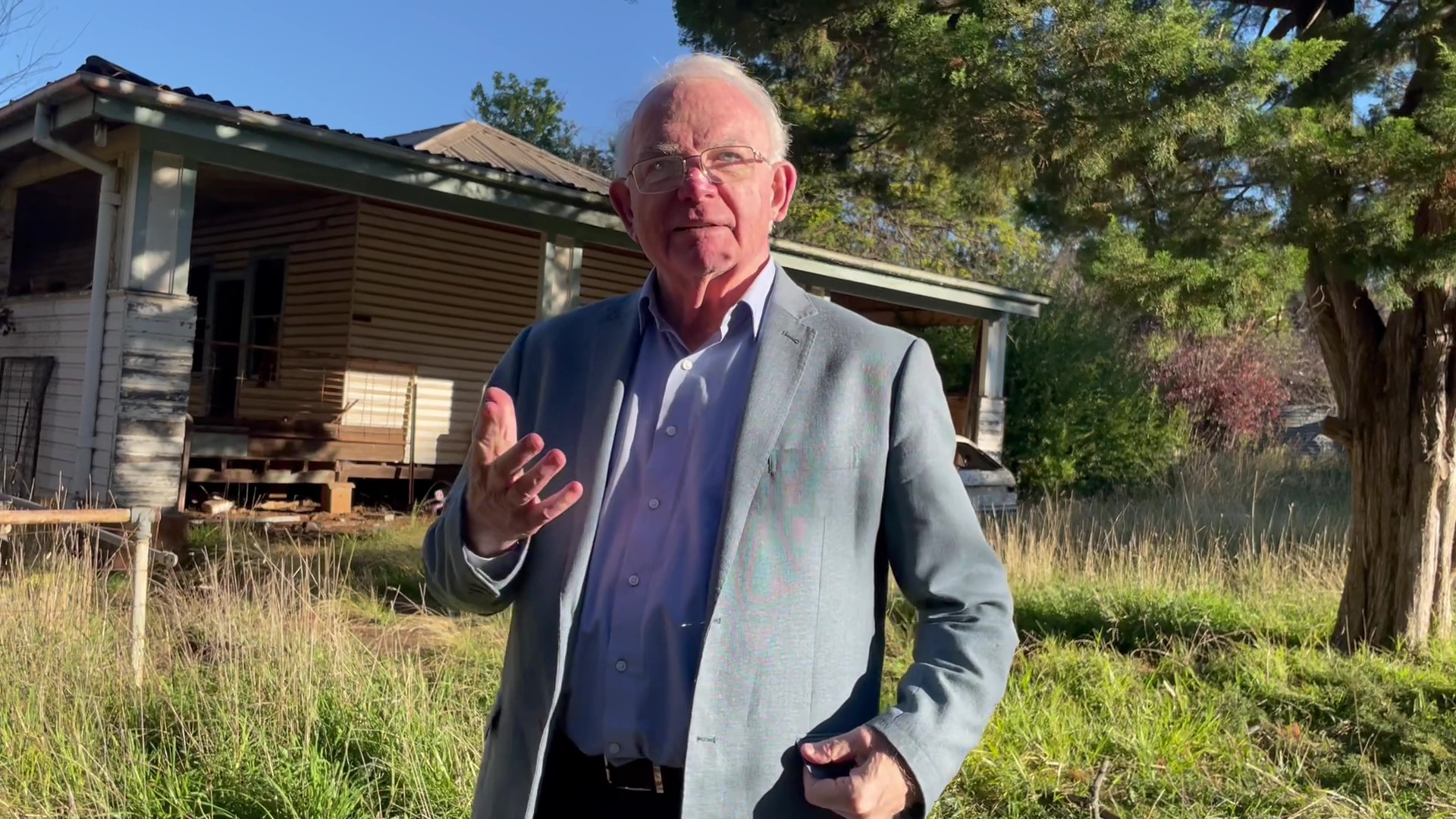
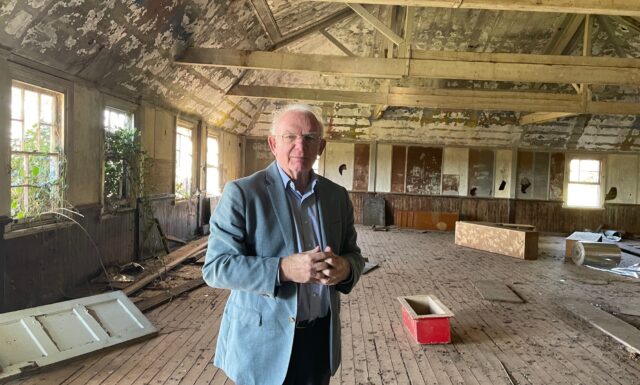
 Former child migrant Robert Stephens was the first alleged victim of Sir William Slim – Australia’s 13th governor general – to speak publicly (Alana Calvert/PA)
Former child migrant Robert Stephens was the first alleged victim of Sir William Slim – Australia’s 13th governor general – to speak publicly (Alana Calvert/PA)

